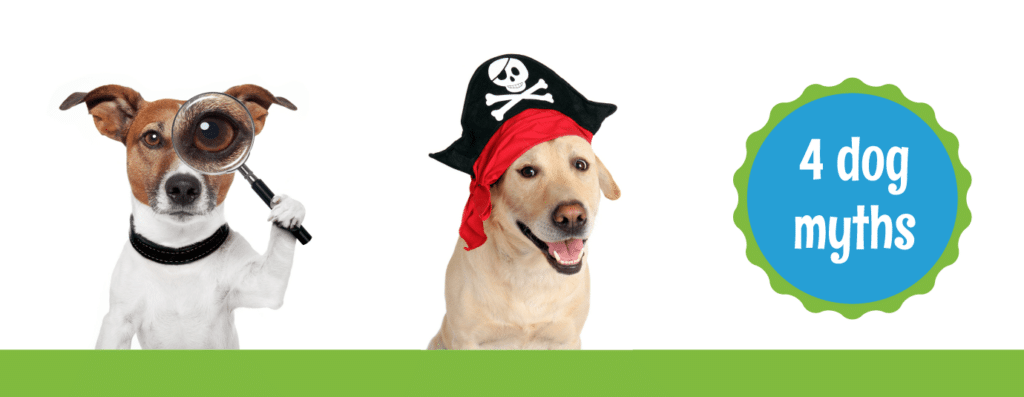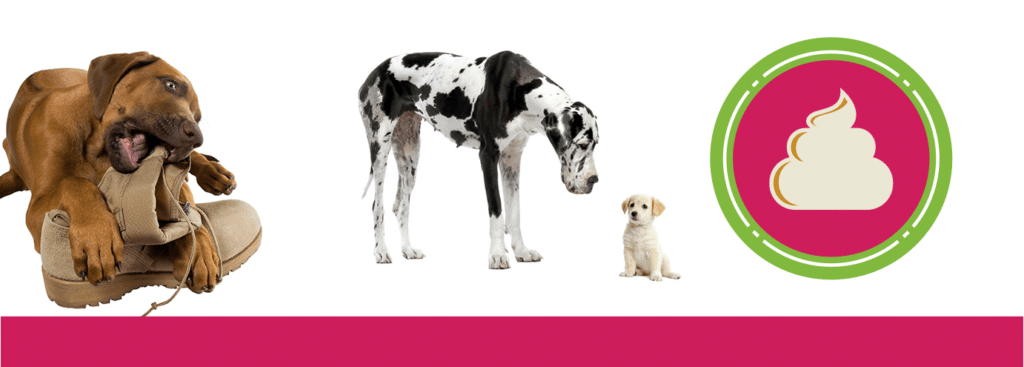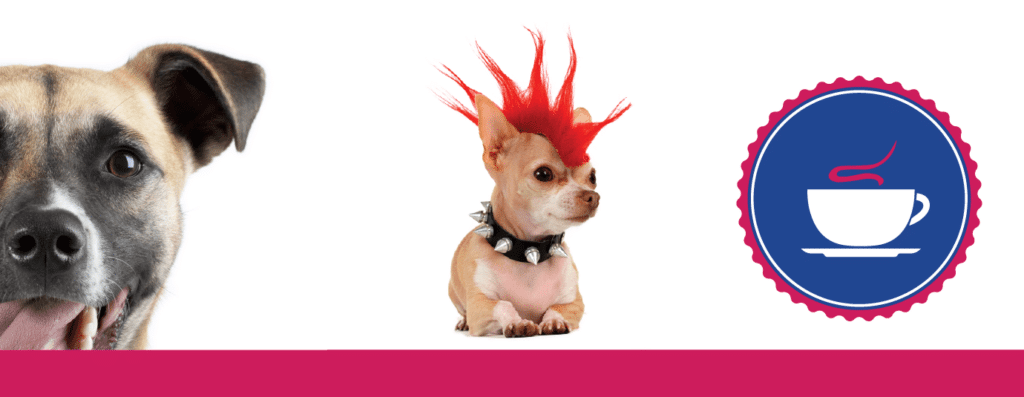The Pet Health Issue of Doggie Obesity is on the Rise; Know how to stop it and Keep your Dog Healthy
In the past few years, some alarming statistics on pet health have been publicized showing an epidemic happening right under pet parents\’ noses.
As of 2015, 53 percent of dogs are overweight or obese with their feline companions at 58 percent, according to the Association for Pet Obesity Prevention. On top of this are the numbers reported by various Pet Insurance Companies which are staggering. A whopping 90 percent of pet owners also claimed to not recognize that their pet was overweight.
As a responsible pet parent, it is important to know the facts that will keep your animals healthy, happy, and ready to live a long life. This pet health article will shed some light into what causes obesity, and simple ways to prevent it.
Pet Health Obesity
Dogs that are overweight to the extent of developing a nutritional disease are considered obese within a pet health definition. An excess body weight of 10 to 15 percent, or a score of seven or above from a veterinarian body condition assessment, is the criteria for a dog to be considered obese.
How did so many of America\’s dogs become overweight?
Pets gain excess weight because of the imbalance between their energy intake and usage. Dogs are eating more calories than they could possibly expend. Often senior dogs are affected by obesity because of their inability or unwillingness to get proper exercise.
Disproportionate eating, alternating diets, and frequent consumption of fatty treats are the culprits behind why dogs become obese. Of course, a dog can let himself into the cookie jar. As a pet parent, our pet\’s health should be a big concern. We need to be conscious of our pet’s health and weight.
There are a few clinical causes of obesity that you may want to ask your veterinarian about if obesity is an issue. Diseases like Hypothyroidism, Insulinoma, Hypercorticism, and hormonal shifts due to neutering can also make a dog\’s weight enter unhealthy zones.
Diagnosis
Veterinarians primarily diagnose dogs through measuring a dog\’s body weight by conducting a scoring of their body condition with a nine-point system. Your vet will examine your dog\’s body.
By palpating their ribs, lumbar area, tail, and head, they can accurately score your dog\’s body mass index. Next, they will compare this with your dog\’s breed standard for their age and make a conclusion.
Pet Health Epidemic
In the past two years, pet insurance claims linked to obesity have risen 10 percent. Obesity in itself leads to other diseases that could be possibly terminal for an animal.
Pet Health Diseases:
- Arthritis
- Bladder/ Urinary Tract Disease
- Low Thyroid Hormone Production
- Liver Disease
- Torn Knee Ligaments
- Diabetes
- Diseased Disc Spine
- Chronic Kidney Disease
- Heart Failure
Besides having a very sick dog at home, the costs of keeping a pet healthy can be expensive. Recently a pet insurance company released their national relief averages for pet health claims.
Below are the reported numbers for treatment.
Pet Health Costs:
- Stomach Problems -> $850
- Cancer -> $2,033
- Lameness/Arthritis -> $966
- Urinary Tract Infection -> $590
- Health Issues -> $1,232
- Spinal Problems -> $2,014
Preventative Care
The best way to provide for your pet\’s health is by exercising preventative care. If you can stop the habitual practices that lead toward pet obesity than your pet will live a much longer and healthier life.
Limit the amount of treats you give your dog, especially if they are high caloric fatty treats. If your dog is accustomed to receiving lots of treats try replacing them with something a little more healthy. Also, limit the amount of table scraps you are giving your dog. Raw meats and vegetables are okay, but not fatty rich foods that a dog can\’t metabolize.
One of the best ways to make sure a dog stays within their optimal weight is to make sure they get plenty of exercise. This means daily walks and trips to the dog parks. During the winter when everyone is snowed in try getting a tug-of-war toy.
Also, monitor the amount of food your dog consumes a day. Discuss a plan with your veterinarian. Picking the right food depends on the type of kibble, moisture inclusion, and daily caloric intake your dog needs.
We at Splash and Dash Groomerie & Boutique are big fans of the rotational diet. This diet has more diversity for your pet and offers more opportunities for them to get the protein, vitamins, and minerals they need.
Follow Splash and Dash Groomerie & Boutique:
- Website: http://splashanddashfordogs.com/
- Website: https://splashanddashfranchise.com/
- Facebook: https://www.facebook.com/splashanddashfordogs/
- Instagram: @splashanddashfordogs
- LinkedIn: https://www.linkedin.com/in/dan-j-barton-622ab517
- Twitter: splashanddash4dogs



